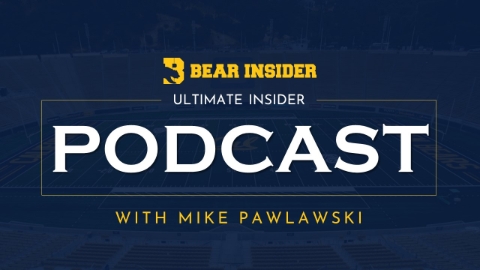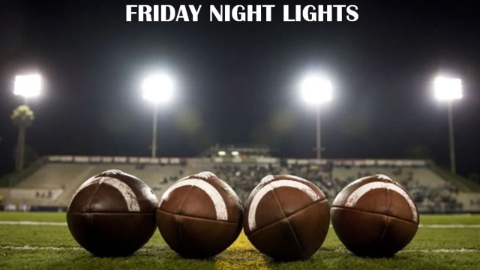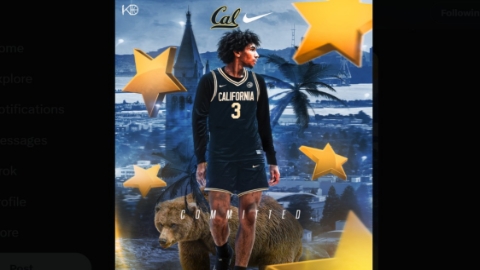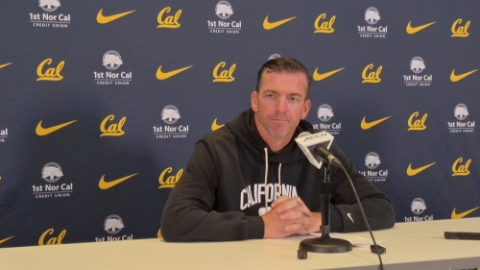Cal Rugby Player Robert Paylor's Road Back From Devastating Injury
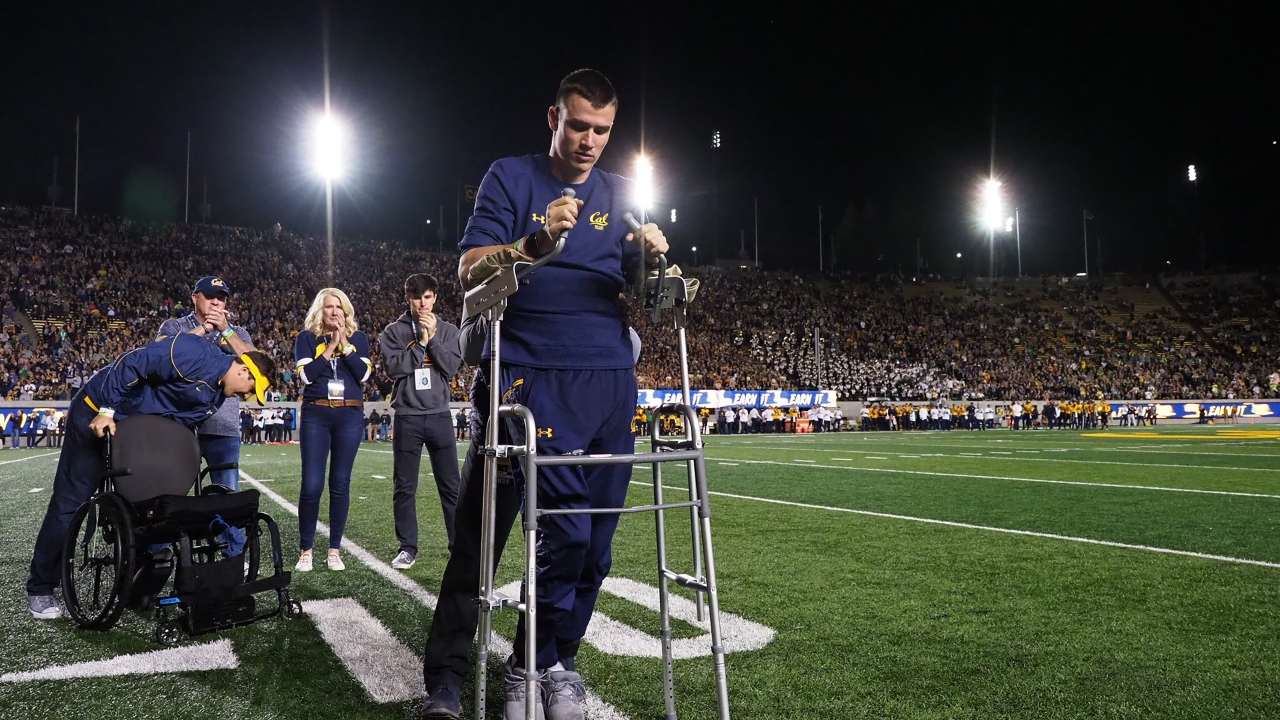
Like most Cal seniors finishing up their studies, Robert Paylor was looking forward to walking across a stage later this month to receive his diploma, and he was very disappointed that it won’t happen as scheduled because of the coronavirus.
But for Paylor, unlike most of his contemporary students, it wasn’t the receiving that excited him so much, it was the walking part of it. Three years ago he was told that was something he would never do again.
The former Cal rugby player whose neck was broken in the national championship match in 2017 has astounded his doctors, rallied a campus and inspired thousands with his story of overcoming long odds.
Until the campus shut down because of the coronavirus, the sight of a rugby teammate accompanying Paylor and his wheelchair to class or a workout was common. “Students would come up to me and ask, ‘Are you Robert Paylor?’,” he said in a recent telephone interview. “They will tell me they have been following my story and how much it meant to them. ...When I was working out at the high-performance center, other athletes would tell me how much I inspired them.”
The Cal Athletic Department, which is staging its own virtual ceremony later this month honoring all the athletes who are graduating, chose Paylor to be the keynote speaker.
“The guy is a bloody inspiration,” head rugby coach Jack Clark has said, “He has a lot of faith, and support from his family, but this is a kid who wakes up and answers the bell every day. It’s a form of perseverance that you don’t understand until you see it. You have to see it to understand the depths of it.”
Paylor’s life changed May 6, 2017, when the Bears were on their way to winning another national championship against Arkansas State at Santa Clara. Paylor, a 6-5, 235-pound sophomore lock was dragged down by the neck by an opponent in a headlock that is against the sport's rules. As the maul (a cluster of players) collapsed, the impact when he hit the ground shattered three of the vertebrae in his neck, slicing into his spinal cord. Suddenly he was paralyzed.
Paylor spent a month in a Santa Clara hospital then was transferred to a high-tech injury rehab facility in Colorado. All he kept hearing was how bad his situation was.

“My doctors on Day One they were like, ‘Robert, you will never walk again. You will never move your hands. You will be lucky go take a piece of pizza and bring it to your face,’ ” Paylor said. “Obviously they were wrong, very wrong.”
They were, but it wasn’t apparent right away. Paylor had some major setbacks, including pneumonia at Colorado.
“My life wasn’t even for certain,” he said. “I couldn’t even eat when I first got hurt. I couldn’t swallow anything, put food down my throat. I couldn't take a sip of water. They put a tube in my nose to get down to my stomach and it took three days to do that because I have broken my nose so often playing rugby. Then I had pneumonia too. I couldn’t talk, My diaphragm was paralyzed.”
At that point, no one, including Clark was sure the player would even survive. But when he and assistant coach Tom Billups visited Paylor in Colorado his outlook changed. “We became pretty convinced at that time, he was going to make some progress,” Clark said. “If anyone was going to do it, it is was going to be him. It was clear from his determination and his faith that he was going to make a recovery of some sort.”
After 11 months in Colorado, Paylor returned to Berkeley, to resume his education and his rehab. Clark drew up a spreadsheet to ensure that Paylor had at least one rugby player available when needed to help him to his classes and everyday tasks. And his rehab began under Billups.
The two hit the ground running, so to speak. Every day they were hard at it. Eventually, he could stand, then take a step. Then two.
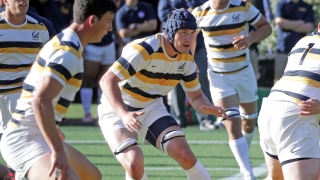
“If you have a spinal cord injury as I did usually if you can walk one step it’s a miracle,” he said. “Now when I use my standard walker I can go up to 200 yards. And when I use my forearm walker, which comes up to my elbows, my maximum is about 1,000 yards, about half a mile. I definitely am putting some distance on these feet. It’s pretty cool.”
And he got to show it off in front of a crowd. The night the Cal football team hosted Oregon in 2018, Paylor stole the halftime show.
“That was incredible,” said Paylor, who was wheeled onto the field, arose with some assistance and took off. “It was about ten yards that I walked,” he said and confessed to some jitters. “That was certainly something I could do back then. But when you have 50,000 people with their eyes on you, I was kind of nervous. ‘I hope I don’t screw this up.’
“So I got out there and I get in the walker and start striding. There wasn’t a person who wasn’t on their feet, whether they were wearing blue and gold or whether they were wearing green and yellow. It has to be the biggest standing ovation I have ever seen in my life. It really brought to life all the support that I have received. I am such a lucky, lucky person.”
He didn’t seem so lucky that afternoon on the rugby field. And to this day he has not heard one word from the player who caused the injury.
“I had a couple of people from that team reach out to me,” he said. “But one who hasn’t is the one who broke my neck. And their head coach has never reached out to me.”
Despite that inexcusable indifference, Paylor said that if he ever hears from them he won’t be angry or bitter.
“That wasn’t the case in the beginning,” he said. “I was watching videos and looking at pictures and watching someone breaking the laws of our game and breaking my neck ..., And all the things it caused, the pain and struggles that I’ve gone through. To think they didn’t have the courtesy to reach out to me.

“Then I started to realize, the more I focused on the things I couldn’t control in my life the less power I was giving to myself. The less that I could focus on those thoughts that I could make myself better. We are coming up on three years now and if ever he were to reach out to me, I would let him know that I forgive him, that I don’t hold anything against him. I have a really great life.
“It took a lot of time to truly believe it, but I do believe it and I wish him the best. I really do.”
With the campus shut down, Paylor does not have access to the facilities he had been using. But that hasn’t stopped his efforts.
“So much of what I do is just functional exercise,” he said. “If you want to get better at walking, walk. If you want to get better at standing up, just stand up as many times as you can. ...I don’t need that much help getting out of bed, into my walker on my own, getting from my walker to my wheelchair.”
Paylor originally considered attending grad school, but now he intends to be the “teacher” for a while. He wants to share his story.
“One gift this injury has given me is this story, and message and the ability to touch someone’s heart. It’s amazing,” he said “What good can come from breaking your neck, right? It is hard to think of a single thing. But I have just received so much support and have people tell me how much they get out of following my journey and seeing me get out there every single day. And since the doctors told me what I would never be able to do and seeing the resiliency and the determination to do that, people have asked me to start speaking, to tell my story. What thought process I used to overcome quite a setback, to perform like that and accomplish these goals”
Paylor is using social media, Twitter, Instagram, etc. as well as a website RobertPaylor.com to spread the word.
“Principles I use to overcome quite a challenge can be used by anyone for whatever goal they need to succeed in life.”
